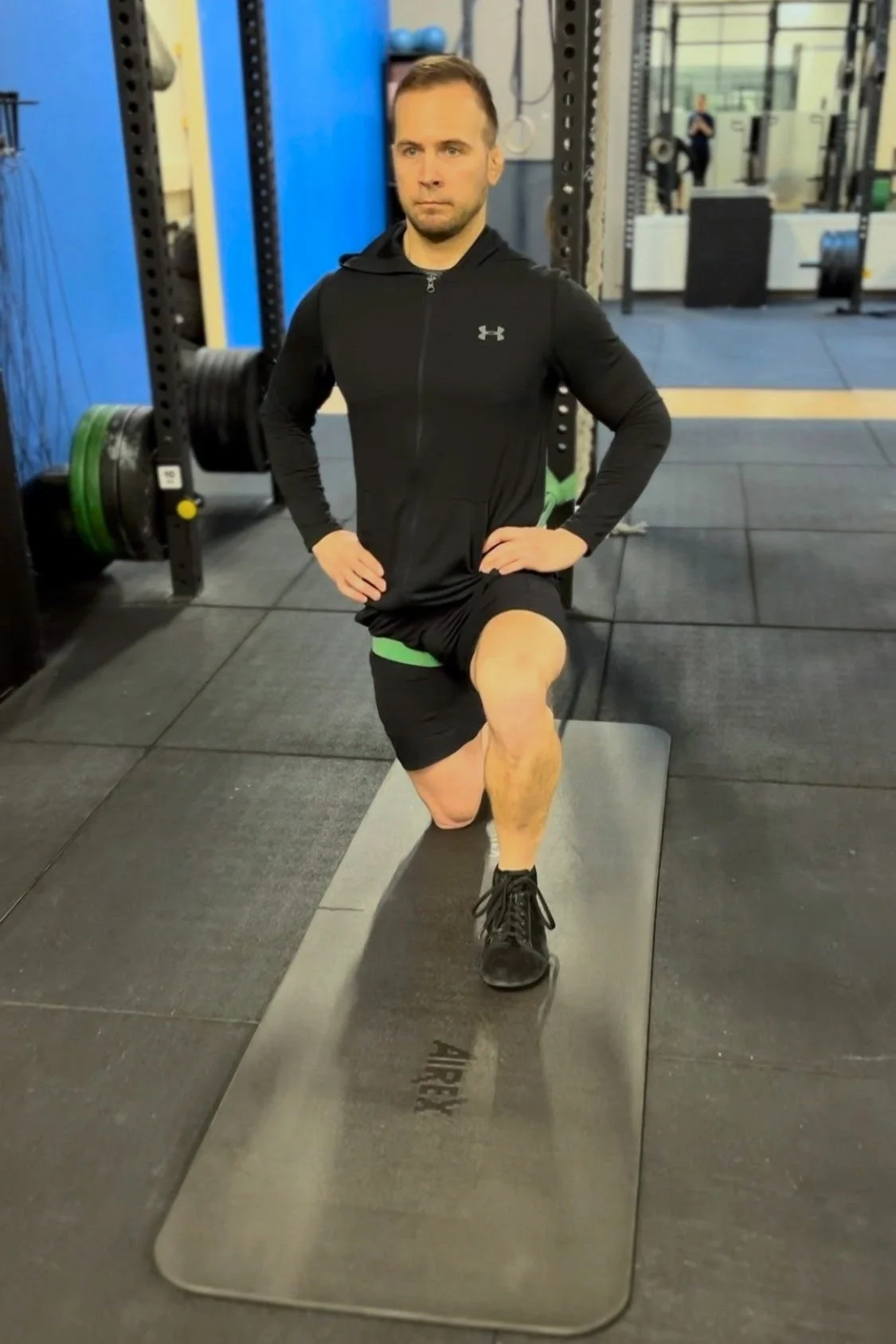Treatment of Lower Back Pain in Physio Coaching
The author of the text, Heikki Hulkko, is a physiotherapist and physio coach at Idealfysio. Heikki works at our Punavuori branch.
Why is my lower back in pain?
Within the past few weeks, I have encountered active customers who have experienced lower back pain due to various reasons. Therefore, treatment and exercise movements are tailored to each individual.
Lower back pain can, for example, be local or radiate from other parts of the body to the structures of the lower back. Here are a few examples:
Local lower back pain can, for example, result from the fusion of vertebral bodies, excessive mobility or stiffness of intervertebral spaces, or disc problems (structural factors).
Factors affecting the lower back from other parts of the body may include:
Instability – the function of supporting muscles
Mobility – joint mobility and possible imbalances
Control – muscle coordination
Are the muscles supporting the joint's mobility and function throughout the entire range of motion? Do the muscles "ignite" at the right time to support the joint or body in motion, or do the body's muscles know how to play as a "team together"?
Psychosocial factors
Lower back pain can also be due to psychosocial factors, such as stress or other challenging factors in life. In this case, the pain is not caused by a single structural factor but is part of a more complex whole.
Example of a warm-up exercise for someone with lower back pain
Banded Hip Flexion / Extension
Lower back pain in everyday life or during exercise - what should I do?
If symptoms manifest during a specific movement, for example, while squatting at the gym, a good approach is to take a video your own performance with a phone from both behind and the side and seek advice from a professional.
For instance, squatting is a good example of such a movement. It requires cooperation among several joints and muscles and is repeated in everyday situations. For example, imbalances in hip mobility may be evident in squat technique and reflect uneven stress on the vertebrae in the lower back.
If there are imbalances in the function of the muscles in the lower back, pelvic, or mid-back area, these may manifest as instability in the squat movement. In such cases, the instability may unevenly affect the structures of the lower back, placing an uneven load on them.
Example of a strength training exercise for someone with lower back pain
Suitcase hold
Consideration of Lower Back Pain in Exercise Programs
It is advisable for actively training individuals to introduce new stimuli into their program, for example, every four weeks. If the workout program spans 2-3 months, the new program could incorporate different movement directions. This helps promote stability in movement and prevents issues that may arise from training.
Towards a pain-free everyday life - book an appointment with Heikki!
Physiotherapist Heikki works at Idealfysio's Punavuori branch.
Book a free 30-minute physiotherapy consultation here and start your journey towards a pain-free life and exercise with Heikki!


